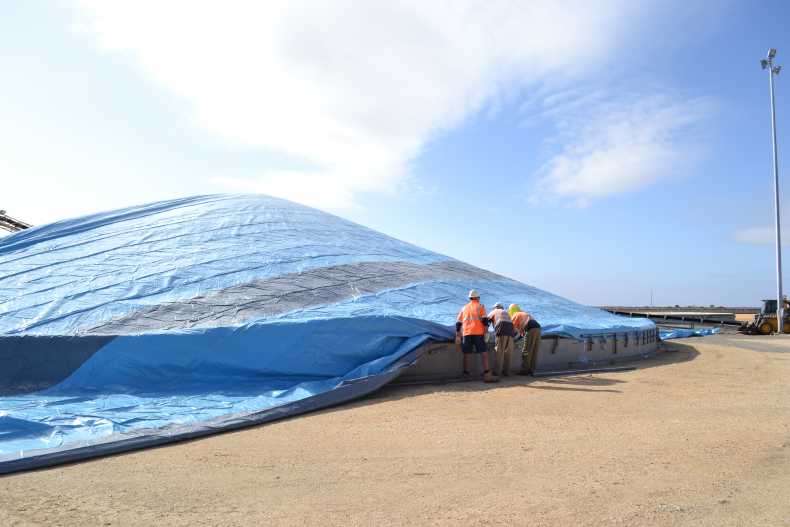Growing Sustainably: A New Era in Grain Harvest and Storage for Australian Agriculture

As Australia’s grain industry enters a pivotal period of transformation, farmers are balancing the pressure of delivering high yields with the imperative to adopt sustainable practices. From sowing to storage, every stage of the grain production lifecycle is now under the lens of carbon accountability and environmental stewardship. With Australia’s national target of achieving net zero carbon emissions by 2050 in the agricultural and land sector, the adoption of innovative, eco-friendly technologies in harvesting and post-harvest handling is more critical than ever.
The Hidden Impact of Post-Harvest Practices
While much attention has been placed on emissions during cultivation and transport, post-harvest storage remains a significant yet often overlooked contributor to the industry's carbon footprint. Traditional grain covers, typically made from heavy PVC, not only pose handling challenges for on-farm teams but also create waste streams that are difficult and, in many cases, impossible to recycle. These covers usually end up in landfill, contributing to long-term environmental degradation.
The Gale Pacific Solution: Smarter, Sustainable Grain Covers
Designed and manufactured right here in Australia, Gale Pacific’s grain cover fabrics represent a leap forward for farms looking to reduce their environmental impact without compromising on performance. These covers are not only lighter and easier to handle than traditional PVC alternatives but also come with a full 5-year warranty, ensuring both durability and longevity.
What sets Gale Pacific’s range apart is its closed-loop recycling approach. At the end of their life cycle, these fabrics are recyclable, offering farms a solution that aligns with circular economy principles. Rather than contributing to landfill, these materials are reprocessed and reintroduced into the fabric manufacturing cycle, reducing resource extraction and emissions.
Lighter Weight, Lower Emissions
Handling traditional PVC grain covers is not just labour-intensive, it often involves heavy machinery, increasing fuel use and emissions on-site. Gale Pacific’s lighter weight fabrics help to reduce the need for such equipment, minimising the carbon footprint during setup and takedown. This is a practical benefit for farmers seeking to streamline operations while aligning with emissions targets.
Sustainability That Performs
Many farmers are understandably sceptical of sustainability claims that compromise performance. But Gale Pacific’s grain covers deliver on both fronts. Engineered for the harsh Australian climate, they provide reliable protection from moisture, pests, and UV damage—key threats to stored grain quality. Their performance standards meet, and often exceed, those of traditional materials, proving that sustainable doesn’t mean substandard.
A Farm-to-Future Mindset
As Australian grain producers and handlers prepare for another season, the choices made during harvest and storage will ripple through supply chains and carbon accounts alike. With export markets increasingly prioritising sustainability and traceability, farms that adopt eco-conscious practices are better positioned for long-term profitability and global competitiveness.
Gale Pacific’s Australian-made, eco-friendly grain covers are more than just a product, they’re a signal of the industry’s shift toward resilient, responsible farming. For producers and handlers seeking to meet sustainability goals, reduce waste, and embrace innovation, these fabrics offer a practical, proven solution.
The path to net zero isn’t paved with compromise, it’s built with smart, sustainable choices. In the grain industry, that starts with how we harvest, handle, and store.
For more on Gale Pacific’s sustainable grain cover solutions, visit www.galecommercial.com/en_ap/applications/grain-covers or speak to your grain cover fabricator about using Gale products.

